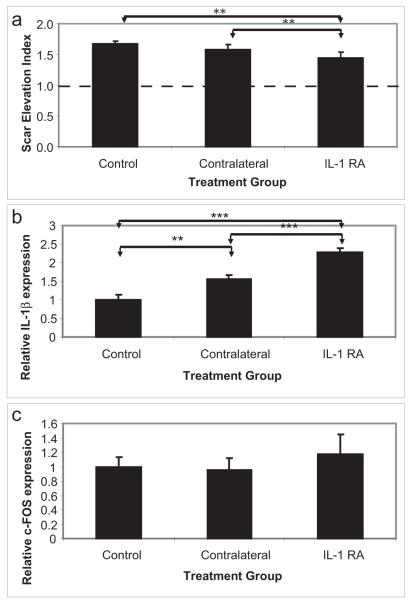Figure 5. Interleukin-1 antagonists reduce cutaneous fibrosis following injury.
To determine the role of proinflammatory cytokines in regulating dermal fibrosis, an interleukin-1 receptor antagonist was locally administered in the NZW model of hypertrophic scarring. The scar elevation index (SEI) was measured using histology sections of wounds at day 35 (A). An SEI >1 indicates a raised, hypertrophic scar. Administration of IL-1RA significantly reduced the dermal hypertrophy as compared to both contralateral wounds and control animals. Contralateral and IL-1RA treated wounds both demonstrated a compensatory increase in the expression of IL-1β (B), however, there was no increase in the expression of downstream signaling molecules (C), due to the high local concentration of IL-1RA. N=24-48 wounds. * = p<0.05, ** = p<0.01, *** = p<0.001.

